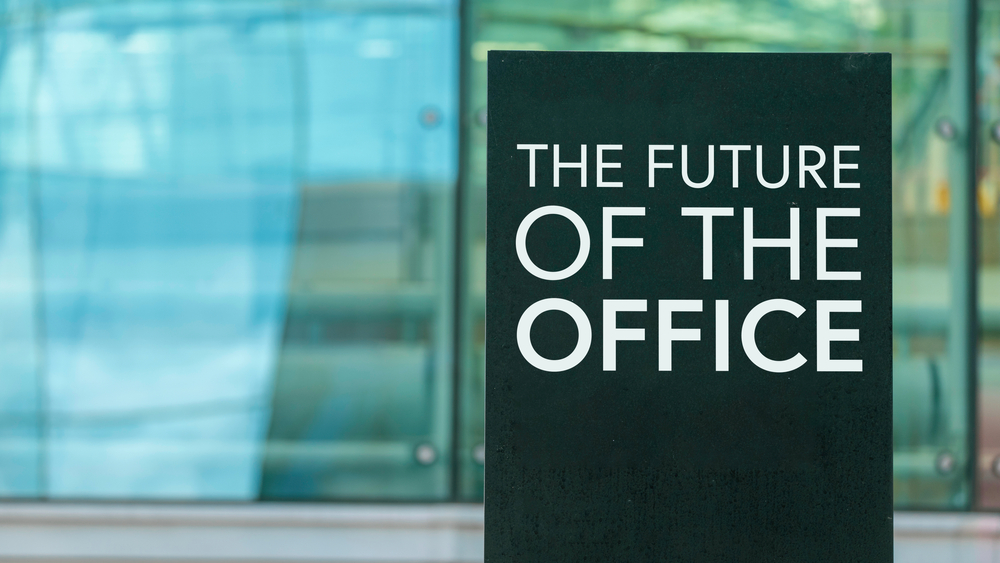
The pandemic proved a few things, but one revelation in particular stands out: workers can still be productive working from home. We all had to shift quickly. Looking back, it was obvious that the fear of not being able to manage employees who weren’t sitting in the same physical space were unfounded.
A few other things were revealed, some of them rather surprising. Workers are more productive when they are working remotely. In a now-famous study conducted by Ctrip on their call center employees, their workers were found to be 13% more productive from home. They were also working more – there were 9% fewer breaks and sick days recorded and 4% more calls per minute answered[1]. A Stanford University research study shows that during the pandemic when employees were working remotely, productivity increased – in males, the increase was 24% and in females, 21%[2].
And yet in 2023, employers started calling people back to the office. Moreover, some companies went so far as to mandate the shift – Korn Ferry data show that in 2023, 90% of firms said they would require “some” in-office work in 2024 and a surprising 80% would track attendance[3].
That’s a lot of mistrust in a difficult labor market. Right now, 70% of US employers are not able to fill vacant positions, says data from Manpower Group[4]. Employees, feeling pressured and not valued, are looking elsewhere.
There’s a better way.
Lose the misconceptions. The thought that because you can’t see your employees means they’re not doing well is erroneous. Your in-person team probably sees you just as often as your video-connected team.
There’s an easy measurement – benchmarks. Are employees meeting goals? Are customers’ needs being met? If your workers are meeting deadlines and are motivated, the problem isn’t with them. It could well be a reluctance to trust what can’t be seen.
Rejig your management style. The issue many organizations have with remote work is the inability to shift management style to match the situation. Workers don’t need to be seen to be productive. But they do need to be heard and connected to the organization. As a fully remote company, WAHVE has refined a process by which we have been able to build a motivated, strong team. It works because we shifted the focus to a more individual, communicative approach to management.
Trust your workers. Too often we get caught up in trying to make good workers conform to standards that were designed to punish bad workers. But the number of bad workers is far lower than the number of great workers you have on staff. Lead with trust. Drop the timeclock approach to managing and trust that the people you’ve hired are going to do right by you. Almost to the person, they will. If there are bad actors, they’ll be revealed. If your employee needs to work 6 hours today, if the work is being done, that’s what matters. Demonstrate your commitment to their needs and they will reward you by committing to their jobs.
Embracing these changes will not only help businesses stay competitive but also create a more engaging and satisfying work experience for employees. The office of the future is not just a place to work—it’s a space that inspires and empowers people to do their best work, wherever they are.
We at WAHVE are here to help. We have veteran remote workers who are adept at supporting your current team. Tap into our experience and help bolster your company’s remote/hybrid culture. The future of work is changing rapidly. Embracing those changes gives your organization a stronger, more resilient culture that can attract top talent.
[1] Does Working from Home Work? Evidence from a Chinese Experiment | NBER
[2] Research Output Before and During the Pandemic (anthonydiercks.com)
